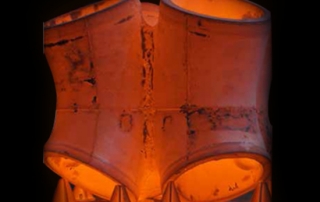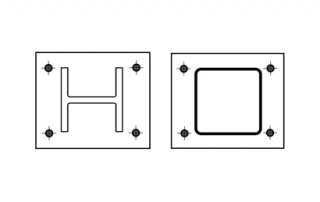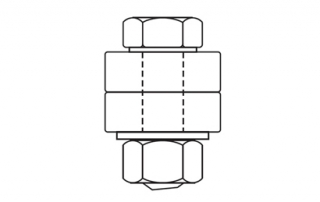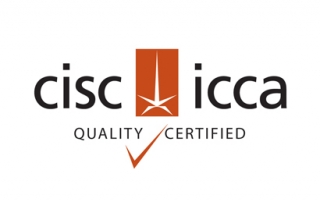Structural Steel Castings
More and more components in steel structures are lending themselves to steel castings, simply due to the numerous benefits offered. Steel castings not only provide a seamless finish, ideal for architecturally exposed structural steel (AESS) applications, but the benefits from a structural design standpoint are also of value. A cast steel node may be a junction [...]




